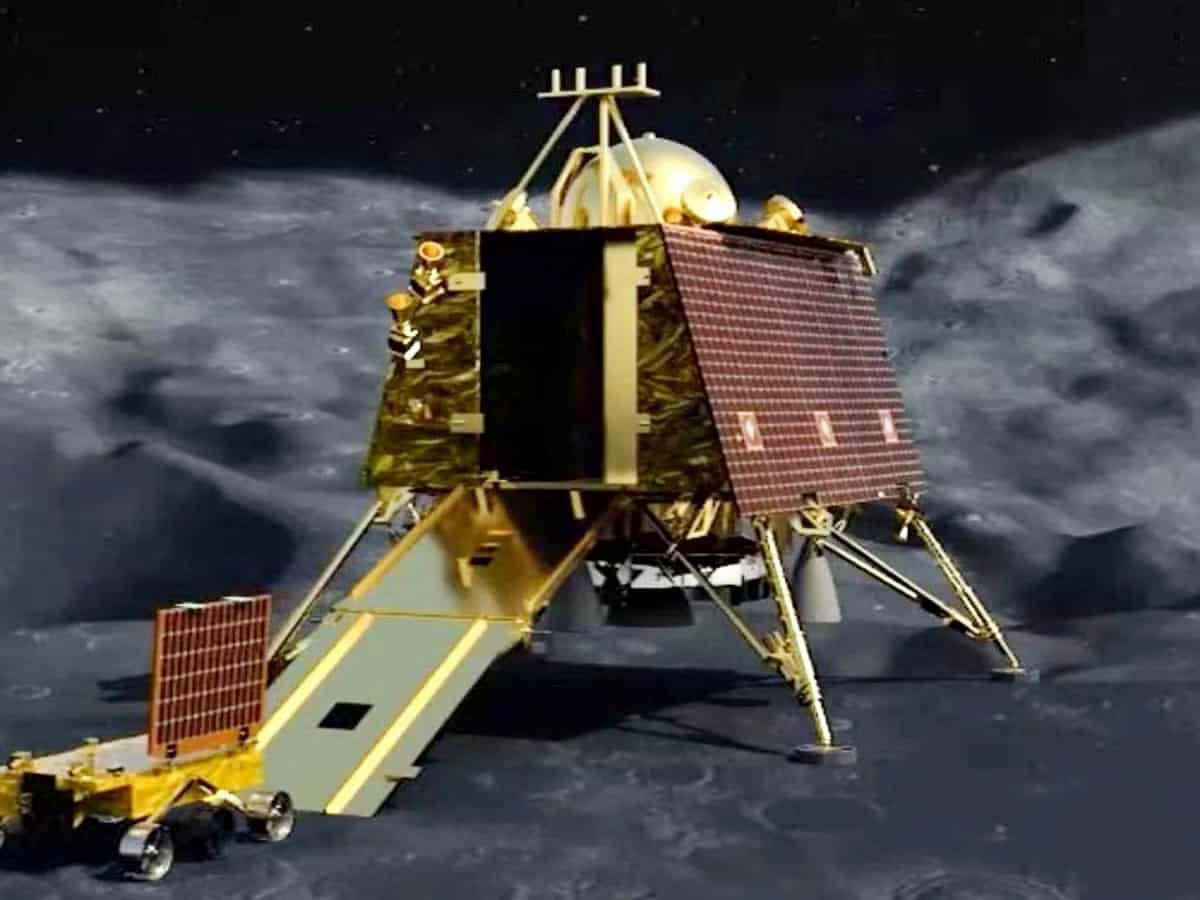
India recently became the first country to reach the Moon’s south pole after the lander module of the Chandrayaan-3 mission made a landing on lunar soil. It also became the fourth country, after the US, China, and Russia, to successfully achieve a soft landing on the Earth’s natural satellite.
However, now, the chief scientist of China’s first lunar mission Ouyang Ziyuan is making claims that the lander module of the Chandrayaan-3 mission did not land on the lunar south pole.
Chandrayaan-3 Mission
The Chandrayaan-3 mission’s spacecraft comprised propulsion, lander, and rover modules. Of these modules, the lander made a soft landing on the Moon.
Later, the six-wheeled rover rolled out and conducted experiments on the lunar surface for a period of one lunar day, equivalent to 14 Earth days.
Following the experiments, the Indian Space Research Organisation (ISRO) announced that the moon rover had detected the presence of oxygen, aluminum, sulfur, and other elements near the lunar south pole.
At the end of the lunar day, the lander and rover went into sleep mode. Since September 22, efforts have been made to establish communication with the lander and rover module of the Chandrayaan-3 mission.
Earlier, ISRO stated that the lander module had touched down at approximately 69 degrees latitude and 32 degrees longitude.
What is the Moon’s South Pole?
The Moon’s south pole is the southernmost point on Earth’s natural satellite. Water ice occurs in permanently shadowed areas around it. The temperature at the south pole averages around -13 degrees Celsius, and the region features numerous craters.
The location of the south pole has sparked controversy over the Chandrayaan-3 mission following claims by Ziyuan. According to him, the Chandrayaan-3 lander did not touch down on the Moon’s south pole; instead, it landed 619 kilometers away from the polar region.
His argument is based on his perception of the Moon’s south pole, which he believes to be smaller due to the planet’s tilt of only 1.5 degrees. His calculations suggest the south pole lies between 88.5 to 90 degrees, while NASA designates 80 to 90 degrees as the Moon’s south pole.
However, India’s Chandrayaan-3 mission’s lander module landed at approximately 69 degrees latitude, a significant achievement as no other nation has reached that far south on the Moon.
